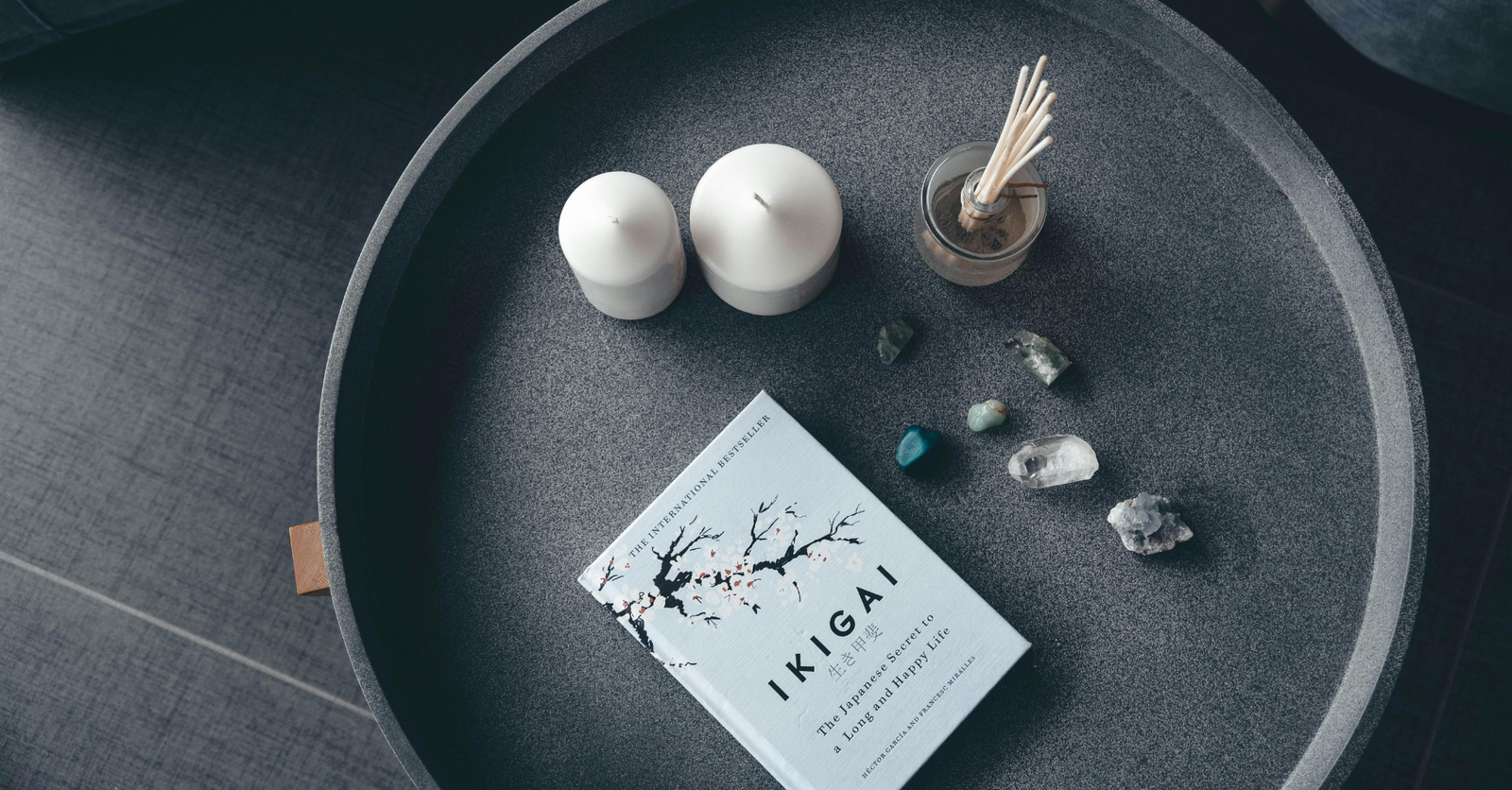Discovering Your Ikigai: A Journey to Purpose and Fulfillment

Discovering Your Ikigai: A Journey to Purpose and Fulfillment
Discovering your purpose in life can often feel elusive, but it can help you to live a more meaningful life. Oftentimes, finding purpose is about locating the intersection of the skills you have and the things you love. That’s exactly what ikigai is about.
What is Ikigai?
Ikigai is a Japanese concept that combines the terms iki, meaning “to live,” and gai, meaning “reason.” Together, they signify "a reason to live." This philosophy suggests that finding joy in life is deeply connected to discovering your purpose. Rooted in Japan's culture and history, ikigai is about living intentionally and finding happiness by aligning with your purpose.
The Ikigai Diagram Explained

At the heart of ikigai is the ikigai diagram — a visual tool that helps you explore the intersection of four essential elements:
- Your passion (what you love)
- Your vocation (what you're good at)
- Your mission (what the world needs)
- Your profession (what you can be paid for)
Finding the overlap of these four elements may sound difficult, but it's a journey worth taking. By reflecting on each of these elements and exploring where they overlap, you’re well on your way to uncovering your ikigai and living a life filled with joy, satisfaction, and a sense of purpose that can keep you motivated each day.
4 Ways to Determine Your Ikigai
It’s important to understand the four elements of ikigai to help you uncover your life's purpose:
-
Unveil Your Passion: Identify the activities that make time fly by and cause you to feel excited and alive. It's what you enjoy doing most, even if you weren't getting paid for it.
-
Recognize Your Vocation: Pinpoint your skills and strengths. These are things you naturally excel at that might not come as easily to others.
-
Discover Your Mission: Explore the needs of the world and where you can make a difference. Identify problems or challenges you feel passionate about solving.
-
Cultivate Your Profession: Consider how to make a living from your passion and mission. For instance, if you’re a talented pianist who believes the world would be better if more people played music, you could begin teaching piano lessons.
The Benefits of Finding Your Ikigai
Aligning with the core principles of ikigai provides many benefits:
- Increased Happiness: Living in alignment with your ikigai brings joy and satisfaction, elevating your mood and fostering a positive outlook on life.
- Reduced Stress: Discovering your ikigai and aligning with your passions helps lower stress and promotes balance and tranquility.
- A Sense of Fulfillment: Doing what you love and contributing positively to the world brings profound feelings of fulfillment.
- Enhanced Motivation: Having a clear sense of your ikigai provides a driving force that propels you forward, even when things get tough.
- Improved Health: A sense of purpose positively impacts your health, potentially boosting your immune system, lowering anxiety, and even helping you live longer.
- Personal Growth: Discovering and living your ikigai is a journey of self-improvement, exploring new facets of your interests, honing your skills, and expanding your horizons.
How to Find Your Ikigai: 10 Ways to Discover Your Purpose
Discovering your ikigai is a personal journey filled with exploration, reflection, and alignment. Here are some actionable steps to help you along the way:
- Practice Mindfulness: Engage in mindfulness practices to foster a deeper connection with your inner self.
- Reflect on the Ikigai Diagram: Take time to free-write in your journal on each of the four elements of the ikigai diagram and reflect on your discoveries.
- Identify Your Passions and Strengths: Dive into your interests and hobbies to identify what excites you and what you’re good at.
- Embrace Meditation: Establish a regular meditation routine to gain clarity on what truly matters to you.
- Explore What the World Needs: Reflect on the issues that tug at your heartstrings and explore how you can make a contribution.
- Align Your Actions: Engage in activities that align with your passions, strengths, and the needs you've identified.
- Experiment and Observe: Try new things and observe what brings you joy and a sense of purpose.
- Seek Feedback: Talk to people you trust and seek feedback on your skills and contributions.
- Practice Patience and Persistence: Finding your ikigai might take time, so be patient and persistent in your pursuit.
- Engage in Self-Reflection: Set aside time for self-reflection to think about your experiences and what you’ve learned.
Notable Examples of Living According to Ikigai
- Jiro Ono, a renowned sushi chef, exemplifies ikigai through his lifelong devotion to innovating and perfecting sushi-making techniques. His passion and dedication have earned him global recognition and profound personal fulfillment.
- Jane Goodall, the world-famous primatologist, has pursued her passion for primates and animal advocacy, contributing significantly to scientific knowledge and animal rights.
- Dave Rastovich, a surfer and wildlife advocate, has combined his love for surfing with a mission to protect marine life, demonstrating how ikigai can align personal joy with societal contribution.

Discovering Your Ikigai with The Papery
To aid you on your journey of discovering your ikigai, consider using tools like the Ikigai Box from The Papery. This beautifully designed resource provides guided exercises and reflection prompts to help you explore your passions, strengths, and how you can contribute to the world. The Ikigai Box is an excellent companion for anyone seeking to align their life with their true purpose.
Embarking on the journey to find your ikigai can transform your life, bringing joy, fulfillment, and a deep sense of purpose. By reflecting on what you love, what you’re good at, what the world needs, and what you can be paid for, you can uncover your ikigai and live a more meaningful life.





Leave a comment